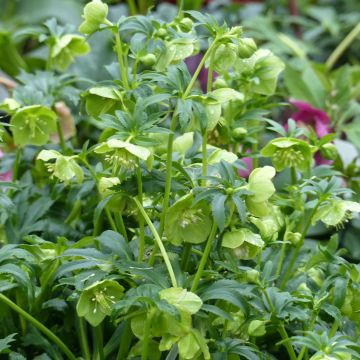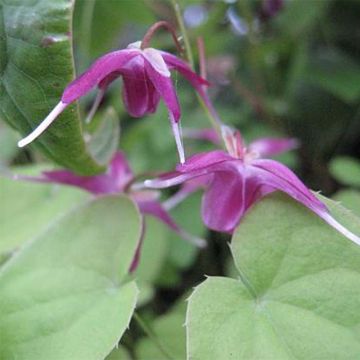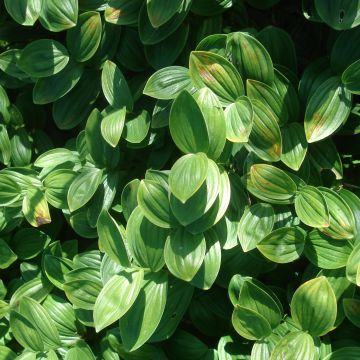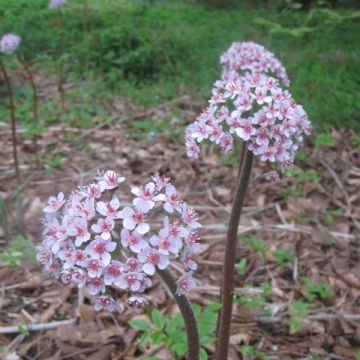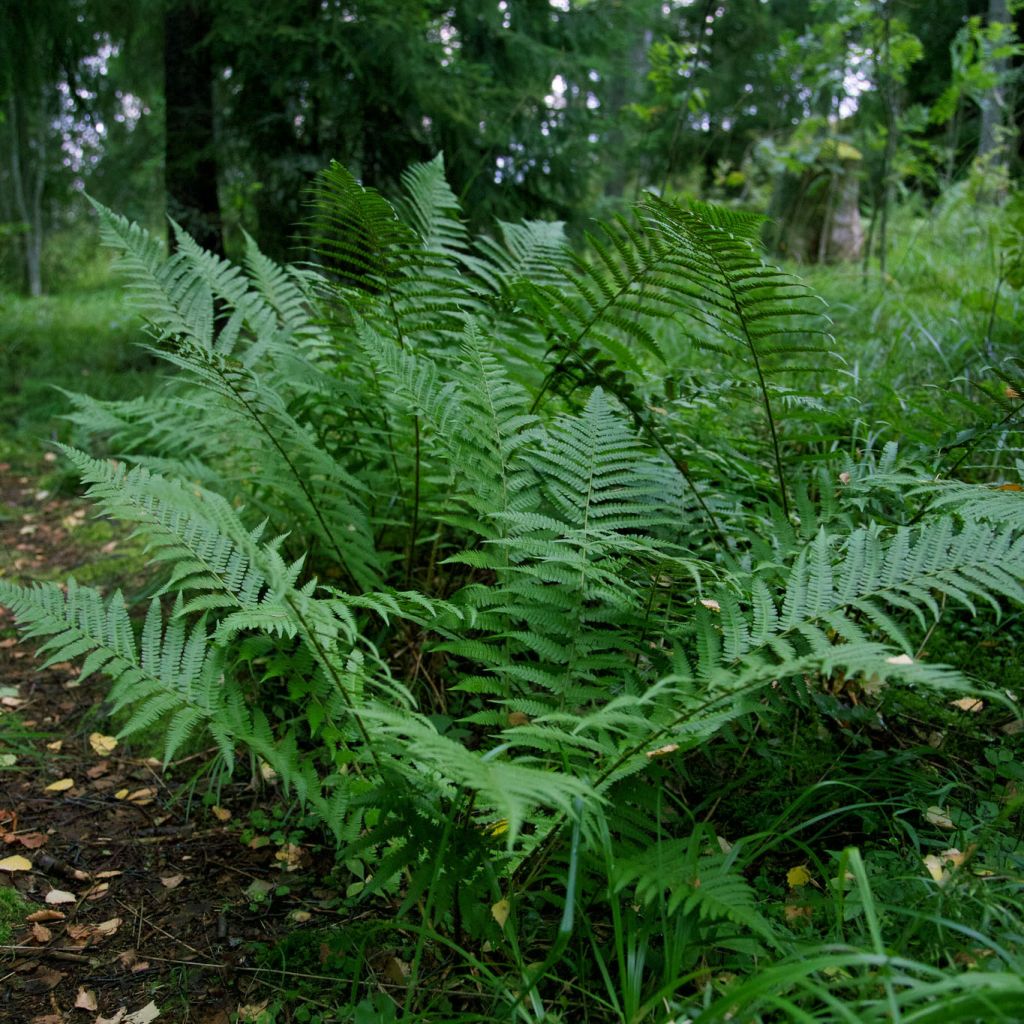

Matteuccia struthiopteris var. pensylvanica - Ostrich Fern
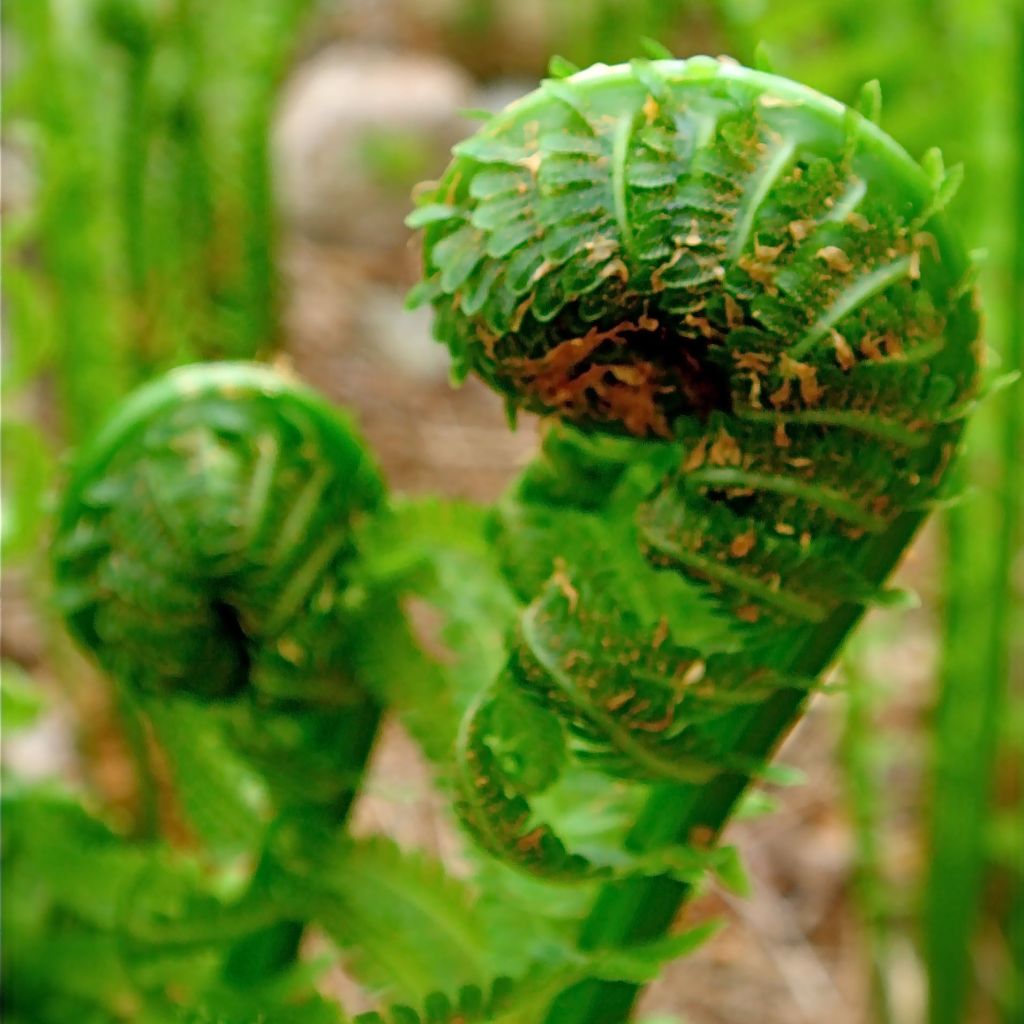

Matteuccia struthiopteris var. pensylvanica - Ostrich Fern
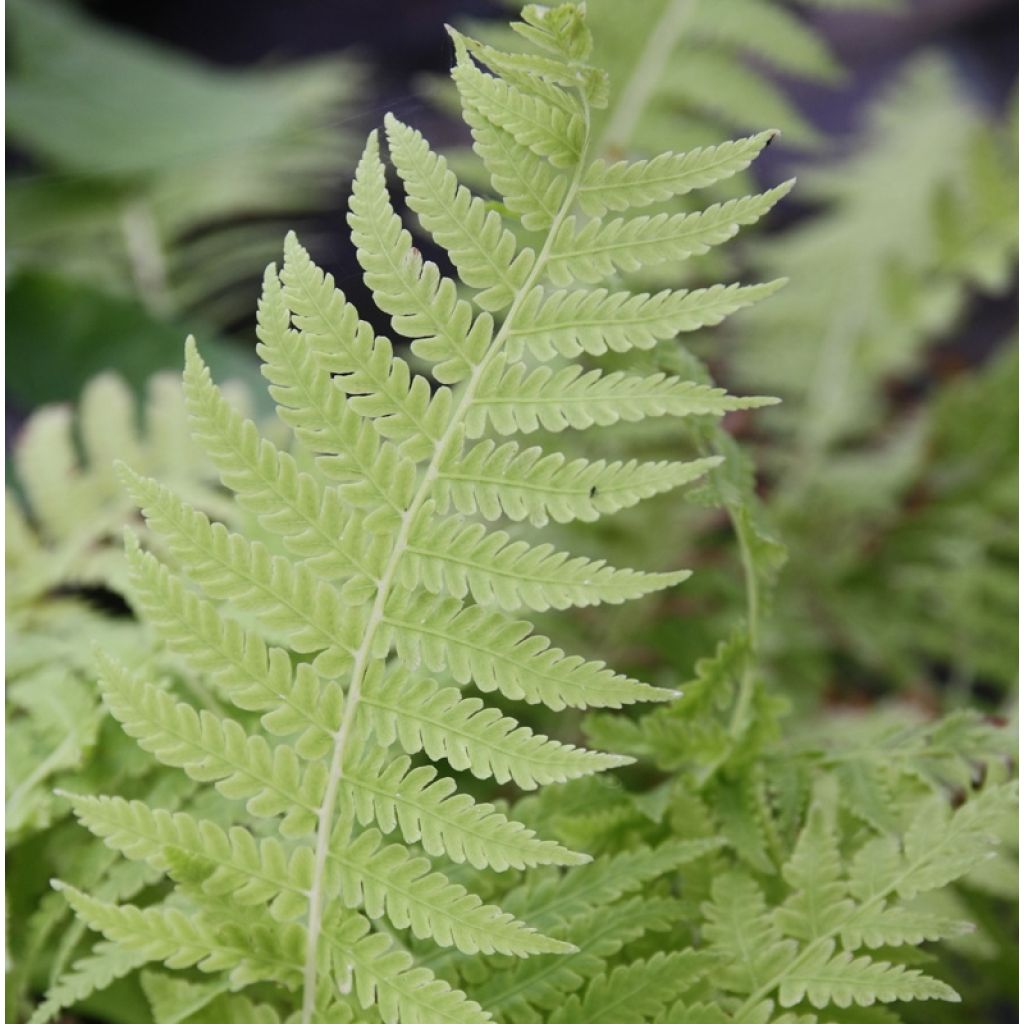

Matteuccia struthiopteris var. pensylvanica - Ostrich Fern
Matteuccia struthiopteris var. pensylvanica - Ostrich Fern
Matteuccia struthiopteris var. pensylvanica
American Ostrich Fern, Pennsylvania Ostrich Fern
Beautiful plants, arrived in perfect condition all the way to Switzerland.
Christine H, 05/03/2024
This item cannot be shipped to the selected country
Delivery charge from €5.90
More information
Schedule delivery date,
and select date in basket
This plant carries a 12 months recovery warranty
More information
We guarantee the quality of our plants for a full growing cycle, and will replace at our expense any plant that fails to recover under normal climatic and planting conditions.
From €5.90 for pickup delivery and €6.90 for home delivery
Express home delivery from €8.90.
Does this plant fit my garden?
Set up your Plantfit profile →
Description
Matteuccia pensylvanica, also known as ostrich fern or German fern, is a large and beautiful botanical species with a spreading habit that illuminates leafy undergrowth in spring. It produces a bouquet of large and sterile feathery fronds of a surprising light green colour, arranged in a funnel shape. Later in the season, they turn a darker green and disappear in winter, while a crown of small, brown, persistent sterile fronds emerges from their centre. Extremely hardy, this particularly ornamental fern is not difficult to grow in moist soil that is not too chalky, in partial shade or even in not too dense shade.
Matteuccia pensylvanica, sometimes called Matteuccia struthiopteris var. pensylvanica, is a rhizomatous fern native to the temperate Northern Hemisphere, particularly Eastern North America, Asia, Scandinavia, the Alps, and Germany. This plant belongs to the Onocleaceae family. The plant has an upright habit, with spreading tufts of large fronds arranged in a crown, emerging from the ground and reaching a minimum height of 1 to 1.5m (3 to 5ft) and a width of 80cm (32in). Its rhizomes allow the plant to spread laterally, producing new crowns emerging at 10 or 20cm (4 or 8in) from the mother plant, sometimes even further. The new 'croziers' (the characteristic coiled shoots of ferns) emerge from the ground as early as April. They are feathery and deeply divided, composed of lanceolate, light green leaflets. These leaflets are also lanceolate and fairly narrow. At the end of July, fertile fronds emerge in the centre of the crown, not exceeding 30 to 50cm (12 to 20in) in height. They are olive-green before turning to brown, with rolled edges. They are graceful and delicate like lace, covering the plant's sori (reproductive cells) under their undulations. The rhizome also grows vertically and can emerge 15 or 20cm (6 or 8in) above the ground in an older plant. If it thrives, this fast-growing plant can be slightly invasive.
Matteuccia ferns are enchanting large ferns. Depending on the species, they can be highly stoloniferous or not at all. Depending on the space available, this characteristic should definitely be taken into consideration. Matteuccia pensylvanica is one of those ferns that have relatively controlled growth. It is simply divine in the undergrowth, under deciduous trees or bushes. It can also be planted near a water feature, reflecting its architectural silhouette. The miracle of its croziers emerging from the ground is always intriguing and will amuse children greatly. Then comes the spectacle of its fronds unfurling into large ostrich feathers and making the light sing. They can be accompanied by loosestrifes, baby's tears, meadowsweets, or columbines in loose, moist soil, protected from direct sunlight.
Report an error about the product description
Matteuccia struthiopteris var. pensylvanica - Ostrich Fern in pictures
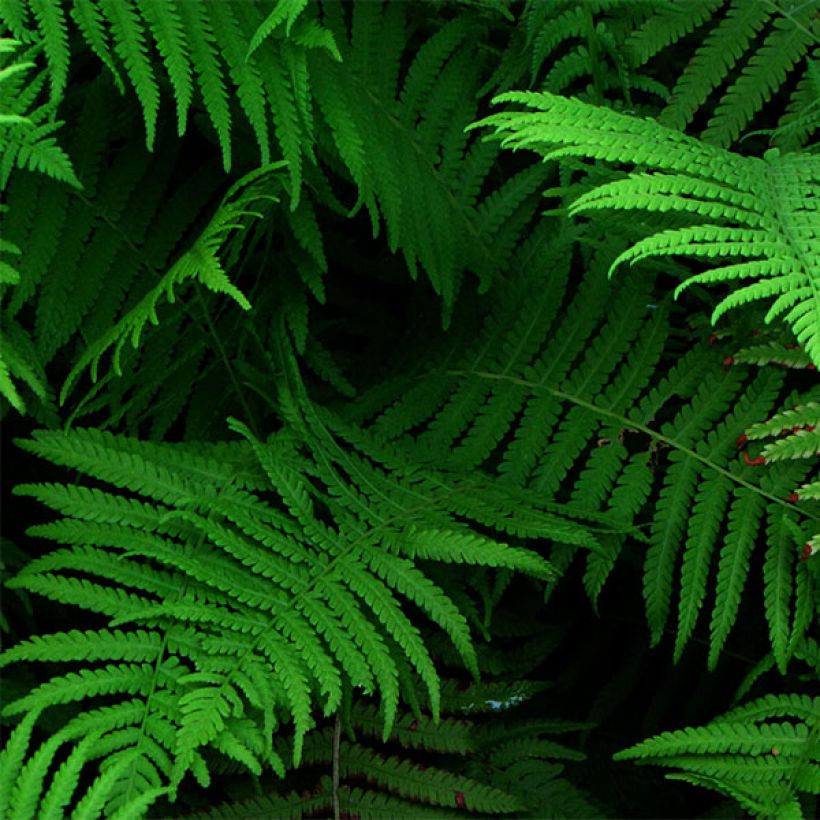

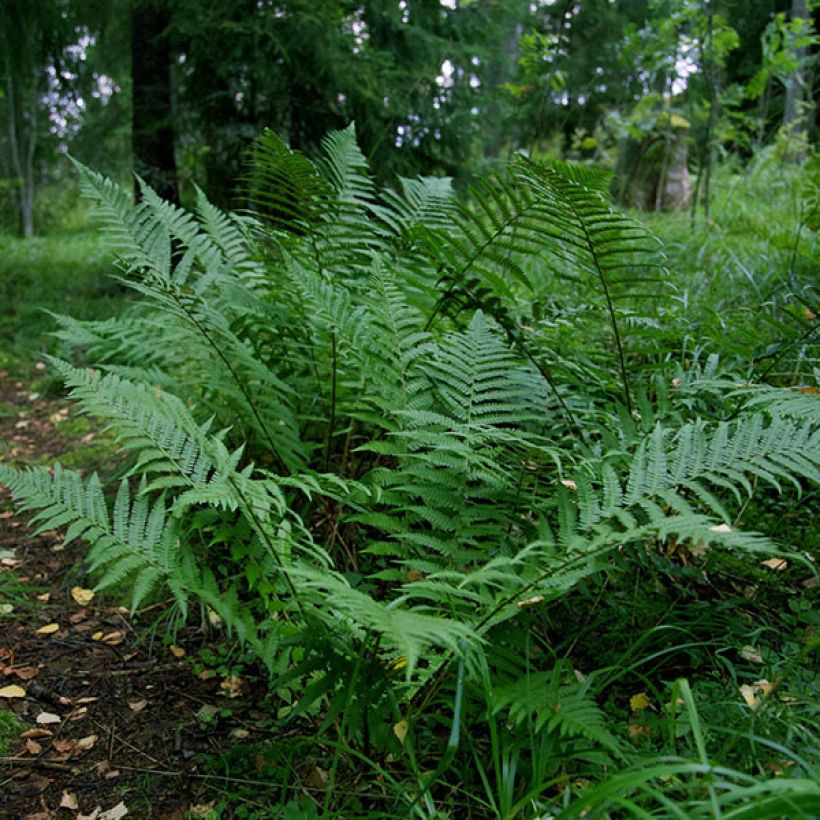

Flowering
Foliage
Plant habit
Botanical data
Matteuccia
struthiopteris var. pensylvanica
Dryopteridaceae (Woodsiaceae)
American Ostrich Fern, Pennsylvania Ostrich Fern
North America
Other Matteuccia
Planting and care
Very hardy, it will find a place in any moist, loose and deep soil, without being too waterlogged. It is happy in soils with a rather acidic, neutral or at most slightly calcareous tendency. Add compost to the planting hole, and place the plants in partial shade or in the light shade of bushes or deciduous trees that are not too dense. Avoid direct sunlight. Do not choose south and west exposures which are scorching and would burn the fronds. The sterile fronds are deciduous and completely disappear in winter, while the brown fertile fronds are evergreen. This plant multiplies by dividing clumps in winter.
Planting period
Intended location
Care
-
, onOrder confirmed
Reply from on Promesse de fleurs
Shade-loving perennials
Haven't found what you were looking for?
Hardiness is the lowest winter temperature a plant can endure without suffering serious damage or even dying. However, hardiness is affected by location (a sheltered area, such as a patio), protection (winter cover) and soil type (hardiness is improved by well-drained soil).

Photo Sharing Terms & Conditions
In order to encourage gardeners to interact and share their experiences, Promesse de fleurs offers various media enabling content to be uploaded onto its Site - in particular via the ‘Photo sharing’ module.
The User agrees to refrain from:
- Posting any content that is illegal, prejudicial, insulting, racist, inciteful to hatred, revisionist, contrary to public decency, that infringes on privacy or on the privacy rights of third parties, in particular the publicity rights of persons and goods, intellectual property rights, or the right to privacy.
- Submitting content on behalf of a third party;
- Impersonate the identity of a third party and/or publish any personal information about a third party;
In general, the User undertakes to refrain from any unethical behaviour.
All Content (in particular text, comments, files, images, photos, videos, creative works, etc.), which may be subject to property or intellectual property rights, image or other private rights, shall remain the property of the User, subject to the limited rights granted by the terms of the licence granted by Promesse de fleurs as stated below. Users are at liberty to publish or not to publish such Content on the Site, notably via the ‘Photo Sharing’ facility, and accept that this Content shall be made public and freely accessible, notably on the Internet.
Users further acknowledge, undertake to have ,and guarantee that they hold all necessary rights and permissions to publish such material on the Site, in particular with regard to the legislation in force pertaining to any privacy, property, intellectual property, image, or contractual rights, or rights of any other nature. By publishing such Content on the Site, Users acknowledge accepting full liability as publishers of the Content within the meaning of the law, and grant Promesse de fleurs, free of charge, an inclusive, worldwide licence for the said Content for the entire duration of its publication, including all reproduction, representation, up/downloading, displaying, performing, transmission, and storage rights.
Users also grant permission for their name to be linked to the Content and accept that this link may not always be made available.
By engaging in posting material, Users consent to their Content becoming automatically accessible on the Internet, in particular on other sites and/or blogs and/or web pages of the Promesse de fleurs site, including in particular social pages and the Promesse de fleurs catalogue.
Users may secure the removal of entrusted content free of charge by issuing a simple request via our contact form.
The flowering period indicated on our website applies to countries and regions located in USDA zone 8 (France, the United Kingdom, Ireland, the Netherlands, etc.)
It will vary according to where you live:
- In zones 9 to 10 (Italy, Spain, Greece, etc.), flowering will occur about 2 to 4 weeks earlier.
- In zones 6 to 7 (Germany, Poland, Slovenia, and lower mountainous regions), flowering will be delayed by 2 to 3 weeks.
- In zone 5 (Central Europe, Scandinavia), blooming will be delayed by 3 to 5 weeks.
In temperate climates, pruning of spring-flowering shrubs (forsythia, spireas, etc.) should be done just after flowering.
Pruning of summer-flowering shrubs (Indian Lilac, Perovskia, etc.) can be done in winter or spring.
In cold regions as well as with frost-sensitive plants, avoid pruning too early when severe frosts may still occur.
The planting period indicated on our website applies to countries and regions located in USDA zone 8 (France, United Kingdom, Ireland, Netherlands).
It will vary according to where you live:
- In Mediterranean zones (Marseille, Madrid, Milan, etc.), autumn and winter are the best planting periods.
- In continental zones (Strasbourg, Munich, Vienna, etc.), delay planting by 2 to 3 weeks in spring and bring it forward by 2 to 4 weeks in autumn.
- In mountainous regions (the Alps, Pyrenees, Carpathians, etc.), it is best to plant in late spring (May-June) or late summer (August-September).
The harvesting period indicated on our website applies to countries and regions in USDA zone 8 (France, England, Ireland, the Netherlands).
In colder areas (Scandinavia, Poland, Austria...) fruit and vegetable harvests are likely to be delayed by 3-4 weeks.
In warmer areas (Italy, Spain, Greece, etc.), harvesting will probably take place earlier, depending on weather conditions.
The sowing periods indicated on our website apply to countries and regions within USDA Zone 8 (France, UK, Ireland, Netherlands).
In colder areas (Scandinavia, Poland, Austria...), delay any outdoor sowing by 3-4 weeks, or sow under glass.
In warmer climes (Italy, Spain, Greece, etc.), bring outdoor sowing forward by a few weeks.








































